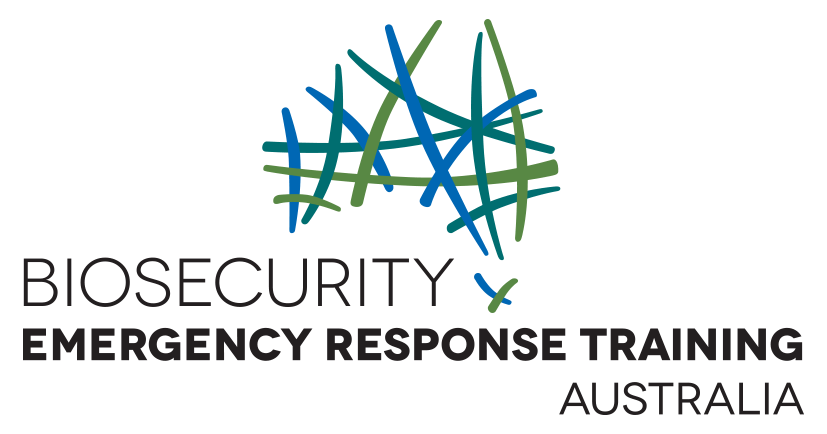Thirteen jurisdictional and one industry representative came together in late February in a week-long training session designed to simulate real-time incident management scenarios.
Each workshop day focused on different aspects of incident control and management, and each participant had the chance to develop their Incident Management, Public Information, Planning, Operations, Logistics, and Finance and Administration skills.
The workshop called “CONT2BER: Control a Level 2 incident” was facilitated by Animal Health Australia in collaboration with Tocal College and Phoenix Resilience; assistance was provided by the Little Kingfisher Group, P2R2 and Turning Point Crisis Management.
The workshop aimed at improving the availability and capability of trained Level 2 Incident Controllers for biosecurity emergency responses. The nationally accredited workshop was delivered as part of the National Animal Health Training Reference Group (NAHTRG) professional development program and utilised nationally accredited materials from Biosecurity Emergency Response Training Australia (BERTA).
So what happened during the week, we sat down with our Training Coordinator, Geraldine Wickham for a debrief:
Monday
The week started with an introduction to incident control, followed by establishing control, leadership, and team building. Participants then learned how to initiate the Planning process, gather information & intelligence, and analyse the information to develop an effective response plan.




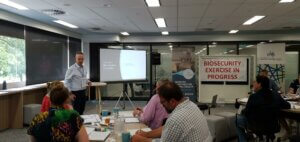

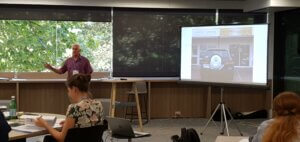
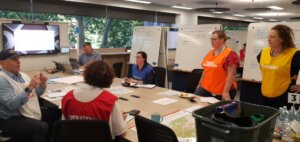
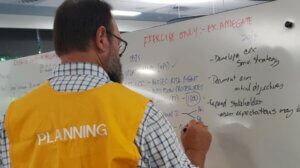

Tuesday
Tuesday’s session focused on risk assessment and management, where participants learned the role of the Incident Controller in establishing control based on risk assessment, developing an aim or mission, and stabilising the situation. The session then progressed to develop outputs such as incident action plans (IAPs), situation reports (SitReps) and response plans.
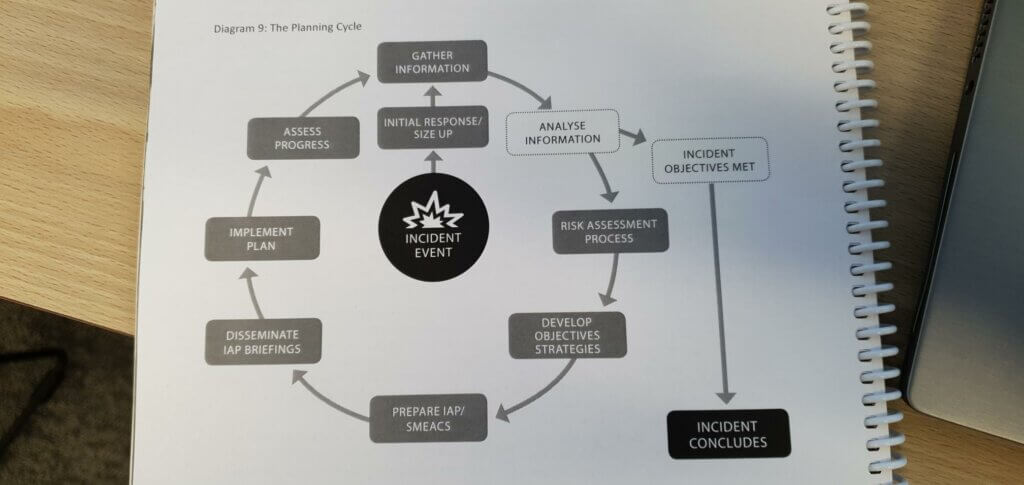


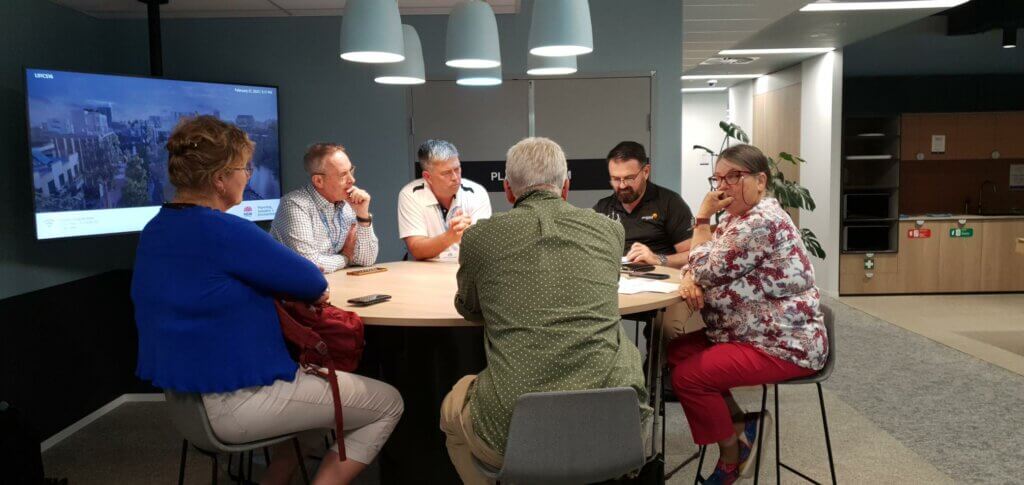
Wednesday
Wednesday’s session covered managing health and safety, resourcing and response finances; working with stakeholders; and monitoring and evaluation. The day ended with a practical exercise on communicating with stakeholders and conducting an after-action review and post-incident report.
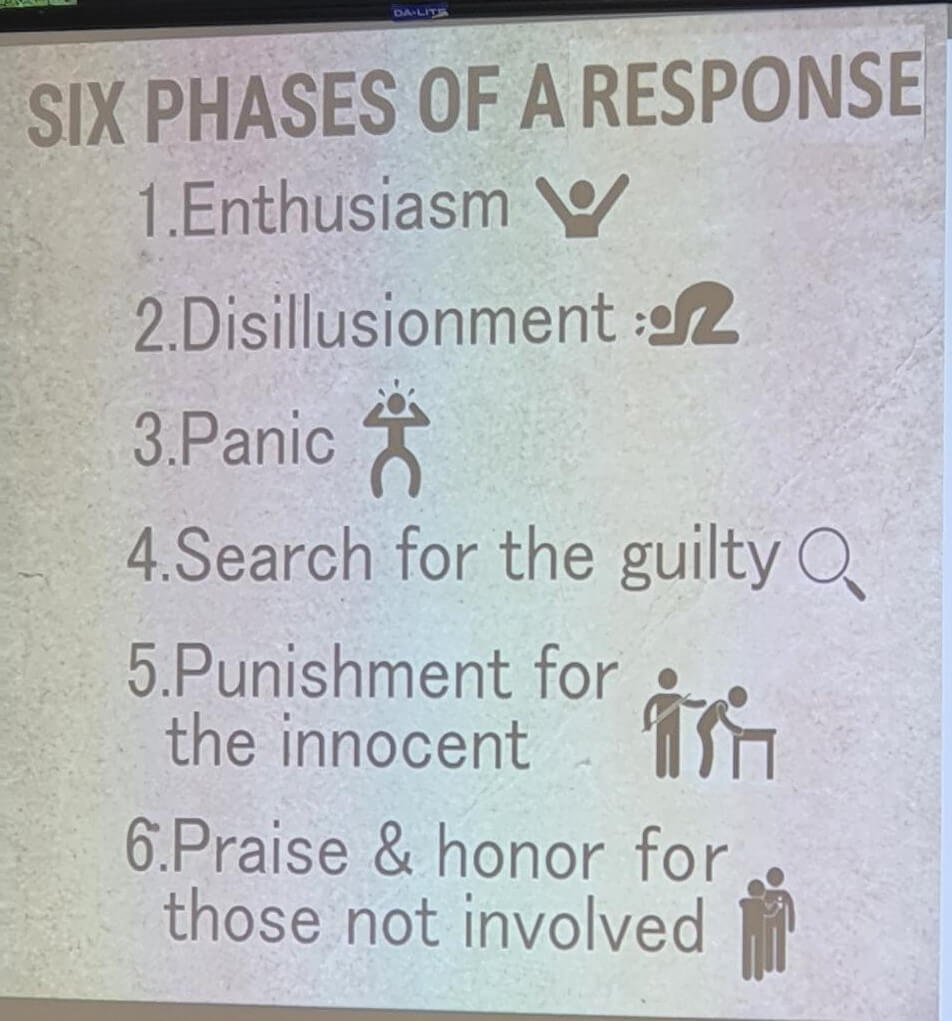
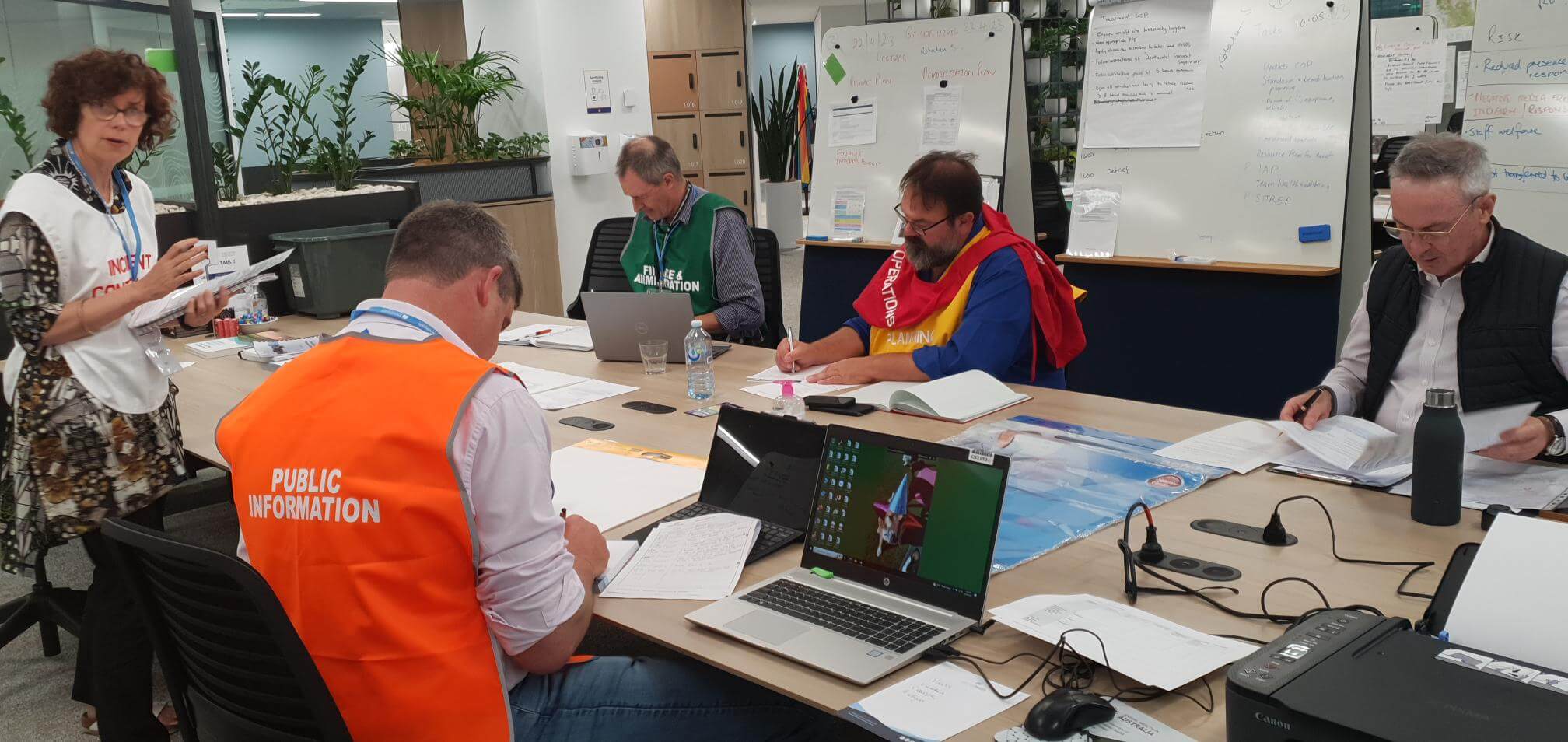
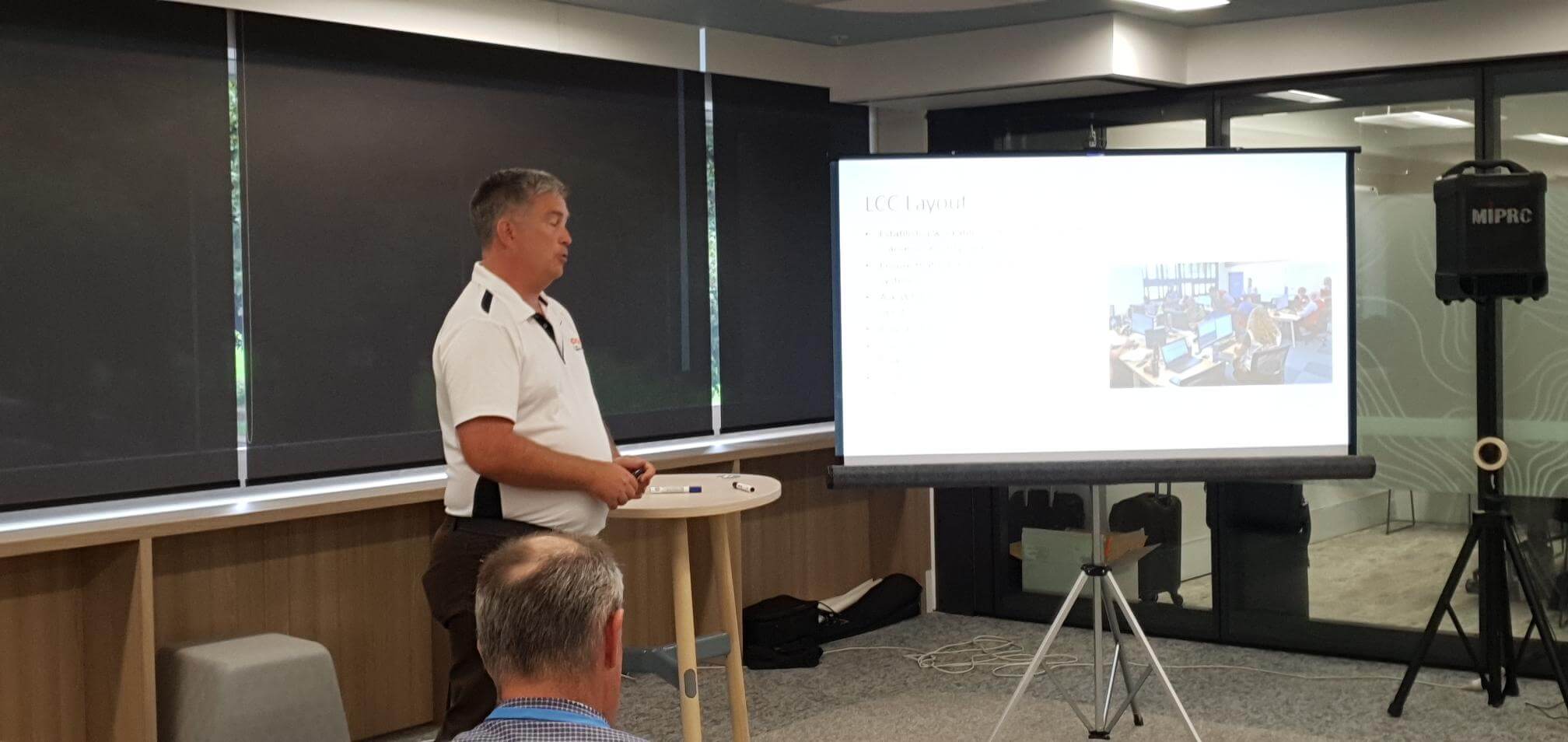
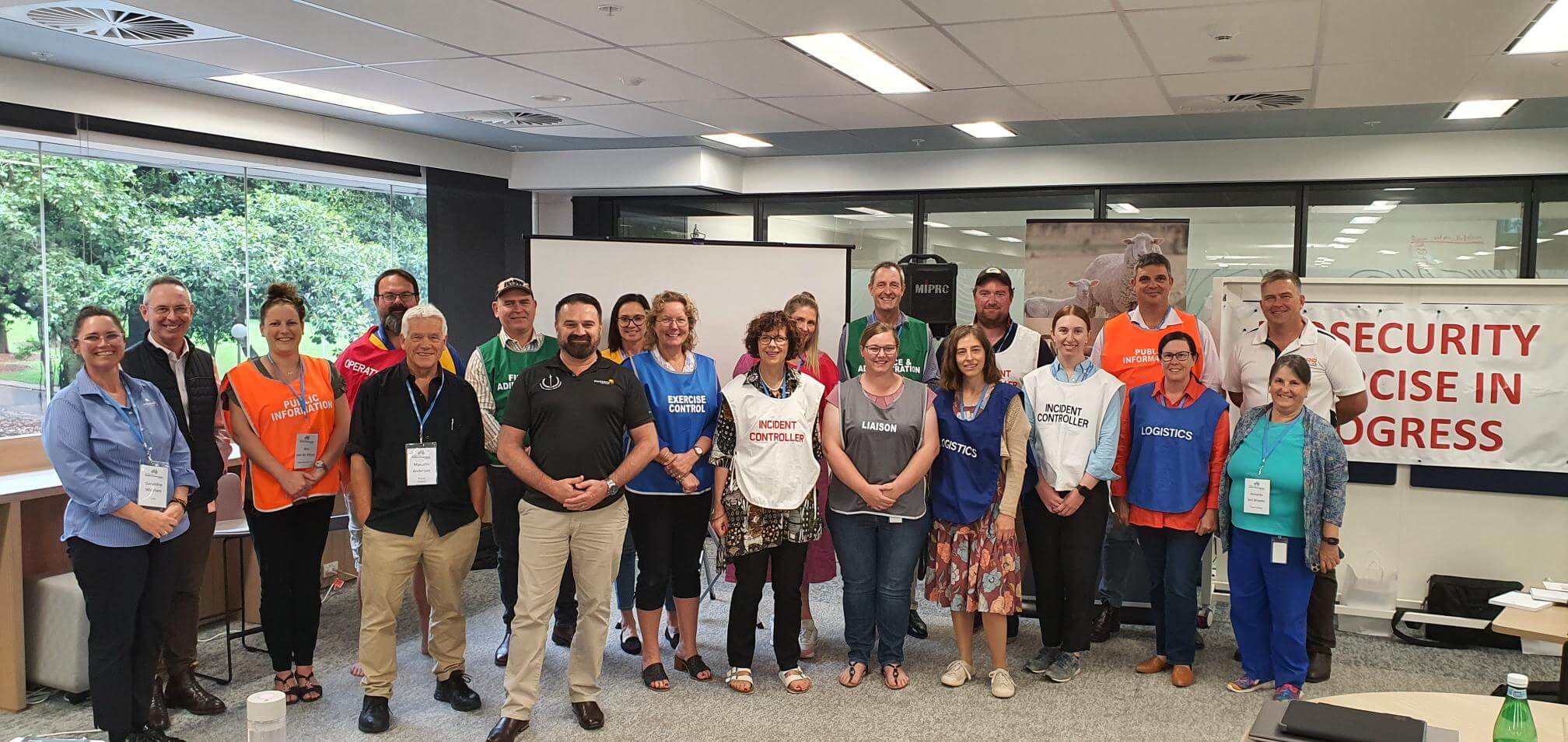
Thursday & Friday
On Thursday, participants engaged in practical exercises based on possible real-life scenarios. The final exercise involved setting up a control room and managing an incident from start to finish.
Participants had the chance to get feedback and advice from the four experienced assessors. Their coursework was assessed, and formal interviews were undertaken to assess their knowledge and understanding.
What did the participants think?
Nigel Baum from Primary Industries and Regions South Australia (PIRSA) appreciated the smaller group training, which provided an opportunity for individual learning, feedback, and refined content. He also found the scope of IC responsibility to be the most valuable thing he learned in the training course, which gave him the confidence to contribute as an IC in response in his jurisdiction and elsewhere.
Robert Baker from PIRSA, where he works within Incident Management on a daily basis, took extensive notes and believed that he could use what he learned immediately within his workplace.
Other participants found the risk assessment process, following systems, protocols, and checklists, and leadership techniques to be the most valuable things they learned in the workshop.
Geraldine told us that the CONT2BER workshop was an excellent opportunity for participants to learn and develop their skills as Level 2 Incident Controllers in biosecurity emergency responses. Overall, the feedback from the participants indicated that the workshop was a valuable learning experience, providing them with an improved level of understanding, skills, and confidence to perform their role as an IC during a biosecurity emergency response.
The workshop’s hands-on approach, with a mix of theory and practicals that simulate real-time incident management scenarios, was well-received, and attendees felt that they could implement what they learned immediately within their workplace. This initiative is a great example of how organisations and institutions can collaborate to promote preparedness and enhance the response capabilities of emergency responders.
With thanks to the training partners:
